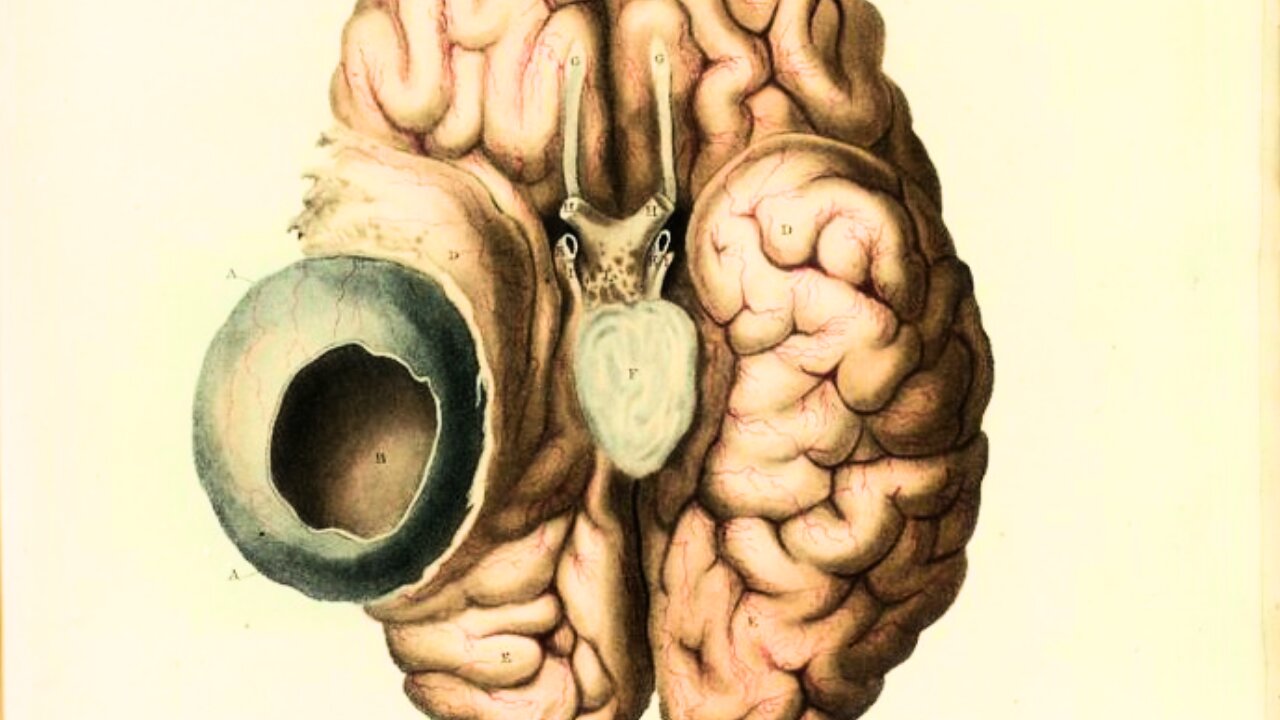Premium Only Content

21 Year Old Man Eats Raw Meat, This Is What Happened To His Brain.
Neurocysticercosis is a parasitic infection of the central nervous system caused by the larvae of the tapeworm Taenia solium. Here are some important aspects of neurocysticercosis:
Transmission: Neurocysticercosis is usually acquired by ingestion of contaminated food or water containing eggs of the tapeworm. It can also be acquired by direct contact with infected feces or through poor hygiene practices.
Symptoms: Neurocysticercosis can cause a variety of symptoms, depending on the location and number of cysts in the brain. Symptoms may include headaches, seizures, dizziness, confusion, memory loss, and visual disturbances.
Diagnosis: Diagnosis of neurocysticercosis is typically made through imaging tests such as CT scans or MRI scans, which can reveal the characteristic cysts in the brain. Blood tests can also be performed to detect antibodies to the tapeworm.
Treatment: Treatment of neurocysticercosis usually involves a combination of medications and sometimes surgery. Anti-parasitic drugs such as albendazole and praziquantel are typically used to kill the tapeworm larvae, while corticosteroids may be used to reduce inflammation in the brain.
Prevention: Prevention of neurocysticercosis involves proper hygiene practices and avoiding consumption of contaminated food and water. Mass treatment of tapeworm carriers in endemic areas can also help reduce the incidence of infection.
Prognosis: The prognosis for neurocysticercosis depends on the severity of the infection and the extent of damage to the brain. With appropriate treatment, many people with neurocysticercosis can make a full recovery, while others may experience long-term neurological complications.
-
 1:02:46
1:02:46
Solar Groove Muzic
16 hours agoSUMMER AFRO HOUSE Sunset Mix 2025 (Avicii, The Weeknd, Coldplay, Diplo) - Summer Vibes
1363 -
 2:14:54
2:14:54
Redacted News
4 hours agoBOMBSHELL EPSTEIN SUBPEONAS INCOMING! New revelations about Epstein's sick mansion emerge | Redacted
117K112 -
 1:59:53
1:59:53
MattMorseTV
4 hours ago $11.80 earned🔴Trump's OVAL OFFICE UPDATE.🔴
35.5K24 -
 20:40
20:40
Stephen Gardner
2 hours ago🔥TRUMP PISSED! Adam Schiff in BIG TROUBLE!
19.9K58 -
 LIVE
LIVE
Barry Cunningham
6 hours agoMUST SEE: PRESIDENT TRUMP MAKES HUGE ANNOUNCEMENT! AND TULSI GABBARD DROPS BOMBSHELL INFO!
7,141 watching -
 19:47
19:47
Founder @ From The Ground Up
2 days agoI Gave AI 7 Days to Build a $5K/MONTH Clothing Brand
22.5K1 -
 12:59
12:59
Michael Button
11 hours ago $1.08 earnedArchaeologists Just Found Something Incredible in Peru
14.7K9 -
 1:00:00
1:00:00
BEK TV
22 hours agoThe Ramsey Show
2.15K -
 52:51
52:51
CharLee Simons presents DO NOT TALK
19 hours agoDING DONG, the MEDIA'S DEAD!
2941 -
 1:09:38
1:09:38
vivafrei
6 hours agoCanada Bans FISHING & HIKING? FBI Nabs Some Child Predators! Big Bllas Beaten in DC & MORE!
112K83